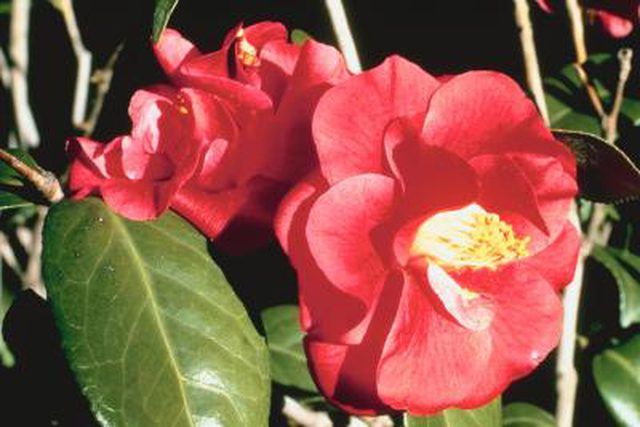Bulbs
Flower Basics
Flower Beds & Specialty Gardens
Flower Garden
Garden Furniture
Garden Gnomes
Garden Seeds
Garden Sheds
Garden Statues
Garden Tools & Supplies
Gardening Basics
Green & Organic
Groundcovers & Vines
Growing Annuals
Growing Basil
Growing Beans
Growing Berries
Growing Blueberries
Growing Cactus
Growing Corn
Growing Cotton
Growing Edibles
Growing Flowers
Growing Garlic
Growing Grapes
Growing Grass
Growing Herbs
Growing Jasmine
Growing Mint
Growing Mushrooms
Orchids
Growing Peanuts
Growing Perennials
Growing Plants
Growing Rosemary
Growing Roses
Growing Strawberries
Growing Sunflowers
Growing Thyme
Growing Tomatoes
Growing Tulips
Growing Vegetables
Herb Basics
Herb Garden
Indoor Growing
Landscaping Basics
Landscaping Patios
Landscaping Plants
Landscaping Shrubs
Landscaping Trees
Landscaping Walks & Pathways
Lawn Basics
Lawn Maintenance
Lawn Mowers
Lawn Ornaments
Lawn Planting
Lawn Tools
Outdoor Growing
Overall Landscape Planning
Pests, Weeds & Problems
Plant Basics
Rock Garden
Rose Garden
Shrubs
Soil
Specialty Gardens
Trees
Vegetable Garden
Yard Maintenance
How to Prune a Camellia Japonica
How to Prune a Camellia Japonica. The Camellia japonica is a slow-growing shrub with shiny dark green leaves and flowers that range from white to red. With over 3,000 varieties of camellia, you're sure to find one that appeals to your taste. Camellia japonica originate in China and can be grown in U.S. Department of Agriculture (USDA) Hardiness...

The Camellia japonica is a slow-growing shrub with shiny dark green leaves and flowers that range from white to red. With over 3,000 varieties of camellia, you're sure to find one that appeals to your taste. Camellia japonica originate in China and can be grown in U.S. Department of Agriculture (USDA) Hardiness Zones 6 to 9. The best time to prune Camellia japonica is in late spring or early summer, after the shrub has bloomed for the season. Pruning in winter will reduce the amount of fragrant flowers for that season.
Established camellia shrubs require less pruning. You'll need to remove dead branches and thin out the shrub every other season. Young shrubs require more pruning to maintain a nice structure while continuing to produce elegant flowers.
Things You'll Need
Anvil pruning shears
Bleach solution
Bucket
Towel
Garden gloves (optional)
Inspect the branches of your Camellia japonica for dead or diseased spots. You'll need to cut off any dead or damaged branches at their juncture with the main branch. Cut these branches off cleanly and place all cuttings in a trash bag and remove it from the site. If you leave diseased clippings nearby, you'll attract pests.
Prepare a 1-to-9 part solution of bleach to water. You'll want to disinfect your pruning equipment between every cut, healthy or diseased, according to horticulturists at the University of Georgia.
Trim off small nonflowering branches that are 2 to 4 inches long and grow on major branches. These small branches will never flower and they could become a hot spot for scale, one of the bacteria that affect camellia. Pruning away these tiny branches also promotes air circulation inside the camellia shrub.
Clip the ends of fast-growing shoots to promote lateral branching. This helps Camellia japonica develop into a bushy, thick shrub that is ideal for groundcover or privacy
Wait until mid summer. You'll do a second pruning to get the camellia in shape for winter.
Thin out the new shoots that have grown as a result of your last pruning. Reduce the number of shoots so the bush doesn't look ratty.
Trim back the tops of the foliage and stems to give the entire shrub an even, neat appearance.
Tips & Warnings
These steps should be followed annually for young plants. Established shrubs--those 4 feet or taller--can be pruned every other year or as needed to remove dead or diseased growth.